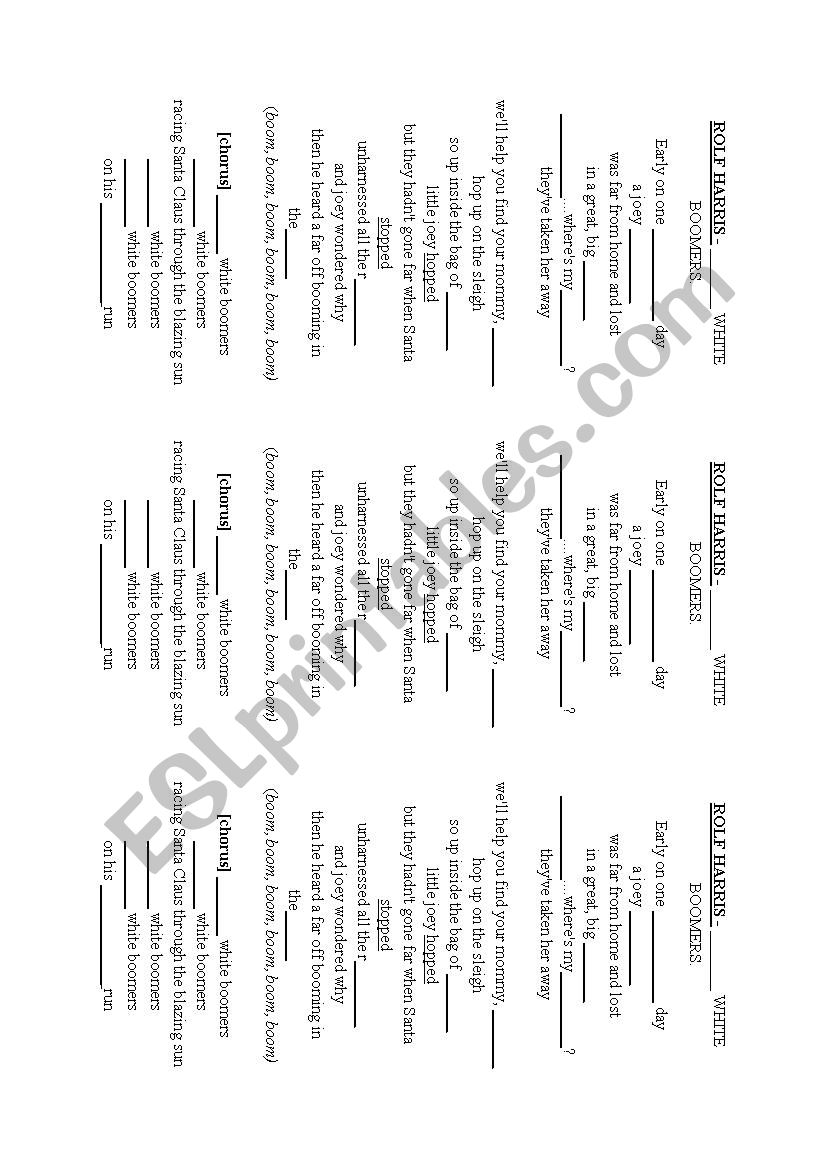

Of course, Americans also had purchased things in previous decades.
BABY BOOM AND SUBURBAN GROWTH WORKSHEET ANSWERS TV
With a nudge from TV advertising and its ceaseless pitches to purchase everything from beer to bathroom tissue, Americans increasingly became consumers. Television sets were fast becoming the centerpieces of American living rooms. The United States was becoming a nation on wheels with a new roadside culture, and federal funds were allocated to improve the then-inadequate national highway system. More and more Americans drove by car long distances or boarded airplanes to fly cross-country or across the ocean. Travel became an increasingly popular pastime for many. However, some of the unions that represented the working man-most notoriously the International Brotherhood of Teamsters-were corrupt. He could take his family on vacations and save some of his weekly paychecks. A man who toiled on a factory assembly line or drove a bus or a truck for a living now had sufficient income to purchase his own home and car, not to mention the latest household appliances for his wife (who, during this prefeminist era, usually remained home and raised the children). The presence and influence of unions was a key factor in allowing America's blue-collar workers to enter the middle class. These unions negotiated with management for pay raises, better working conditions, and health and retirement benefits. Jobs were readily available, and they were filled by a generation of eager-to-work veterans.Īdditionally, more and more workers joined labor unions. Companies big and small needed workers, both skilled and unskilled, to manage their assets, work their assembly lines, or sell their products to the public. Furthermore, the GI Bill, which offered government funding for veterans attending college, allowed those who otherwise could not afford to continue their education to earn college degrees and win better-paying jobs.ĭuring the decade, small businesses started and grew, while major corporations were merging, thus becoming larger, more profitable, and more powerful. The masses of Americans who grown up during Depression-era poverty and sacrificed for their country during World War II were now marrying, starting families, and entering the workforce. The robust economy gave rise to the American middle class. By the mid-1950s, the nation began to enjoy the fruits of economic boom and prosperity. Though during the early 1950s the American economy was negatively affected by inflation-prices were rising, currency was losing its value, and a recession was at hand-these problems were relatively short-lived.

The American economy experienced a shift during the 1950s that created more income for more Americans than ever before. The 1950s Business and the Economy: Overview


 0 kommentar(er)
0 kommentar(er)
